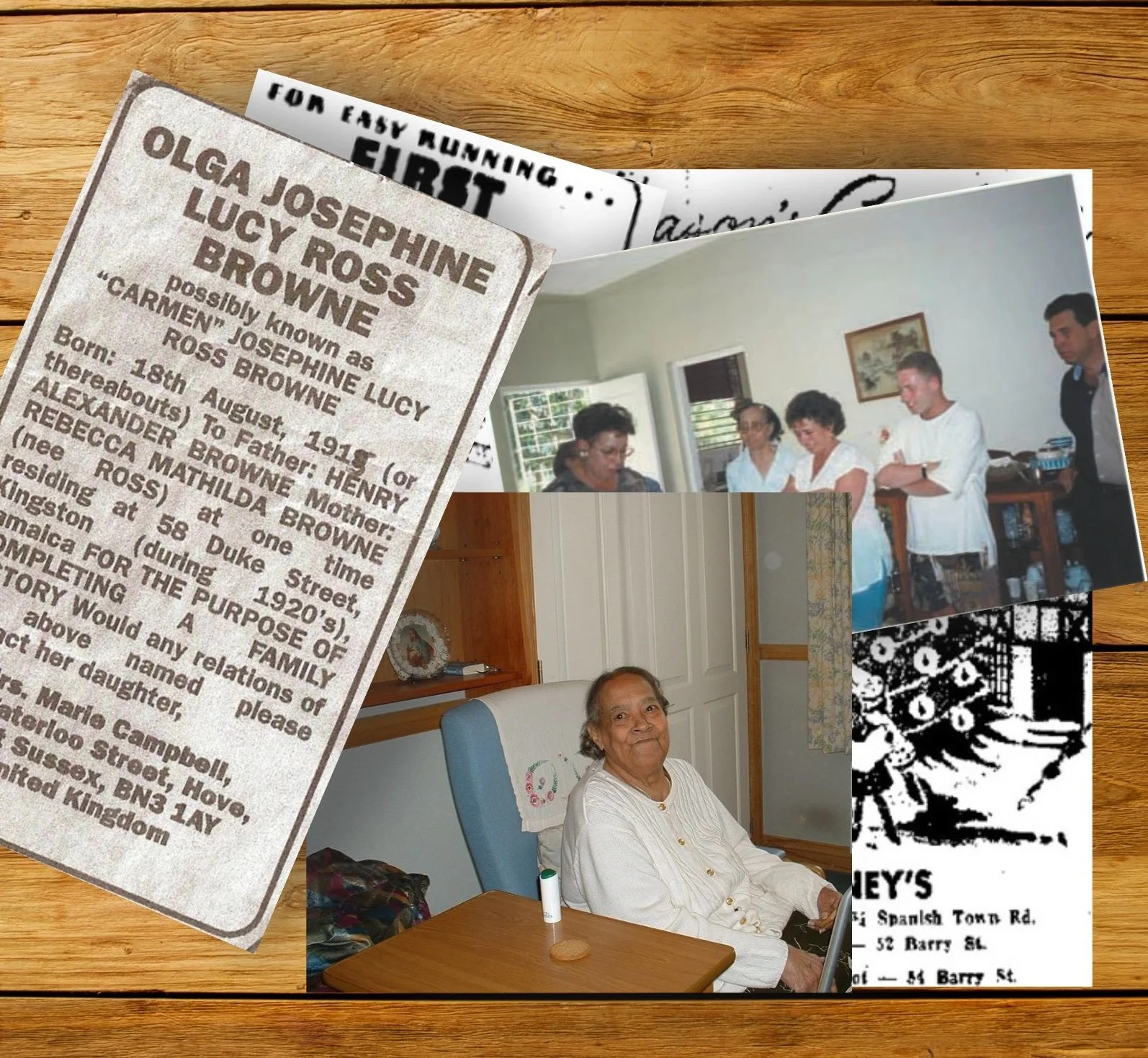Remembering the Resilience of the Maroons
Maroon Town in the parish of St. James
The Maroons of Jamaica are a remarkable example of a group that managed to sustain their culture despite numerous attempts to destroy them. Their story is one of resilience, courage, and determination, and it has important lessons for us today. In this article, we will explore the key factors that enabled the Maroons to survive and thrive in the hills of Jamaica, as well as their contributions to the island's history.
The Maroons were originally enslaved Africans who were brought to Jamaica by the Spanish in the 16th century. When the English took control of the island in the 17th century, they continued to enslave Africans and forced them to work in oppressive conditions on plantations. The Maroons, however, refused to be enslaved and retreated to the mountainous regions of the island, where they established their own communities.
One of the main factors that enabled the Maroons to survive was their strategic use of their knowledge of the terrain. They were able to navigate the rugged mountain regions with ease, and they used this to their advantage when the English attempted to invade their lands. The Maroons were also skilled hunters and gatherers, and they were able to sustain themselves by hunting wild game and foraging for fruits and vegetables.
Another key factor that enabled the Maroons to survive was their military prowess. They were skilled fighters who were able to hold their own against the English troops, and they were able to launch effective raids on the plantations and settlements of their oppressors. The Maroons were also highly organized and had a strong sense of community, which helped them to coordinate their efforts and to resist the English more effectively.
The goal of the English officers was to destroy the Maroons and frequently wounded them. All attempts to subjugate them failed, however. The Maroons became more enterprising and bloody-minded, as a result. The years of success and losses in warfare led to the surrender of some of those enslaved and most remained in their enclaves. The indomitable nature of the Maroons was well recognized by the British. They had grown so formidable under the leadership of leaders like General Cudjoe and Queen Nanny, that the British feared them.
British Colonel Guthrie and Jamaican Maroon Colonel Cudjoe, Treaty of 1738 ending the First Maroon War in Jamaica 1803
The British had bought regiments to suppress the Maroons, but when this failed, they imported Mosquito Indians who should have been a match for the Maroons in bush-fighting. The skills of the Maroons bewildered the Indians and defied the British. The Maroons' resistance to the English was so successful that the British were eventually forced to sign a peace treaty with them. This treaty granted the Maroons their freedom and the right to live in their own communities, and it allowed them to maintain their cultural practices and traditions. The Maroons were also given land, which they used to establish their own settlements and to cultivate their own crops. This treaty did not allow the Maroons to mix with other Black people, free or enslaved, but to live within their agreed settlements.
The lands gained by the Maroons through the treaty and the freedom to live within certain land boundaries were apparent stimuli for their loyalty to the British. They were employed by British planters to capture run-away slaves. Despite the new relationship forged by the treaty, however, the relationship between the Maroons and the English was often fraught with tension. The English continued to view the Maroons with suspicion, and they were often seen as a potential threat to the plantation system. The Maroons, in turn, were often subjected to harsh treatment and discrimination, and they were frequently called upon to help the English suppress slave rebellions on the island.
Subsequently, the British planters were able to live without fear of attack from the Maroons for many years. This changed with the sentencing of a Maroon for allegedly stealing two pigs and the punishment involving lashing of this perpetrator by a Black overseer. The younger Maroons would not accept this and the Maroon War ensued which saw the killing of white enslavers and the burning of their plantations. The indomitable nature of the Maroons could not be overpowered by the great numbers of troops sent into their settlements against them, but eventually through the importation of Spanish bloodhounds. Consequently, the Maroons were forced to ask pardon of the King on their knees and fulfill the facets of the new treaty. This included delivering all runaway slaves living among them, a condition the Maroons failed to comply with.
Paul Bogle was captured by the Maroons of Jamaica. He was named a Jamaican National Hero in 1969.
It stands to reason that the Governor would be able to convince the Maroons of Jamaica that their loyalty was to the Crown and they had to bare their share of military duty. This meant fighting against enslaved people in the rebellion of 1760 in the parish of St. Mary, and again in 1831. The Governor of the island clarified the need of the Maroons to assist in suppressing the uprising, evoking their loyalty in the past and enticing them with promises of rewards and honor. The Governor described the insurrection by the other enslaved people as brutal, murderous, and barbarous and called upon the Maroons to join forces with the British in putting down the murderous outbreak. There was a reward of $2000 on the head of Paul Bogle, who was referred to as the ringleader of the uprising. Paul Bogle was captured in 1865 by the Maroons and hanged in the Morant Bay court house for his role in the Morant Bay rebellion. His real fight, however, was against extreme poverty and social injustice.
This event has represented a source of pain in Jamaican history. In 2022, Maroon Queen Gloria Simms issued an apology for the much regretted role of the Maroons of Jamaica in suppressing slave rebellions under treaties signed with the British colonial forces. Her apology on Good Friday, April 15, 2022, stated, “ We take total responsibility on behalf of our ancestor.” (Jamaica Observer). The complex nature of survival under colonial oppression demonstrates how exploitation permeated every level of society. It is not lost on us the irony of chieftainess of the Maroons, a seat once held by Queen Nanny herself, apologizing for the actions of her ancestors.
Despite these challenges, the Maroons managed to maintain their cultural identity and traditions, and they continue to do so to this day. Today, the Maroons of Jamaica live in partially autonomous communities, living in settlements in Accompong in St. Elizabeth, Moore and Charles Town in Portland, and Scotts Hall in St. Mary, where they are able to practice their own customs and traditions. They are also recognized as an important part of Jamaica's history and culture, and they continue to be celebrated for their resilience, courage, and determination.
Reference
The New York Times Archives (December 17, 1865).CHAPTER IN NEGRO HISTORY.; The Maroons of Jamaica—Their Origin and their Present Position. The New York Times, N.Y., USA. www.nytimes.com.







